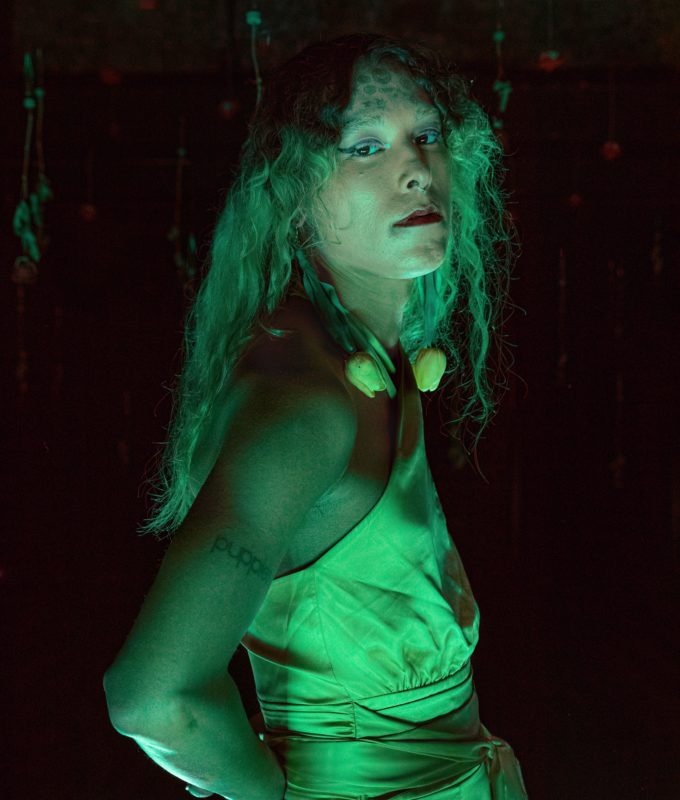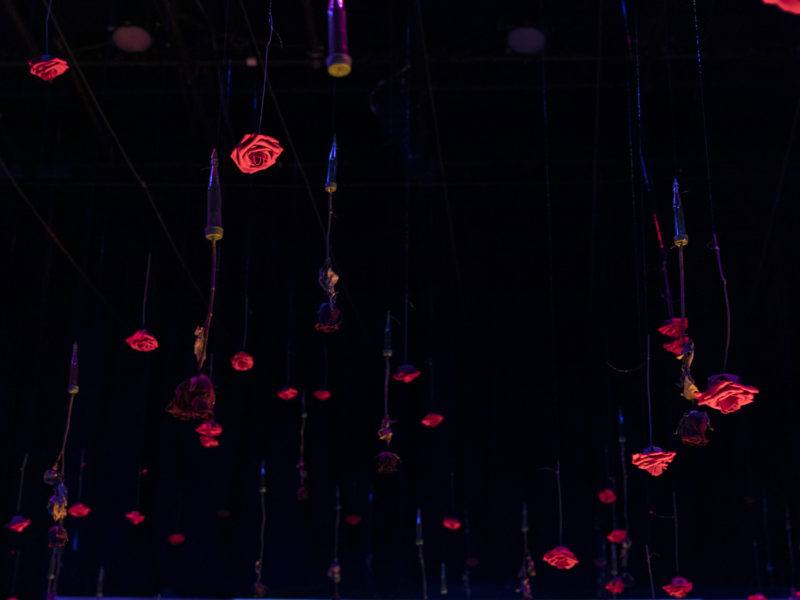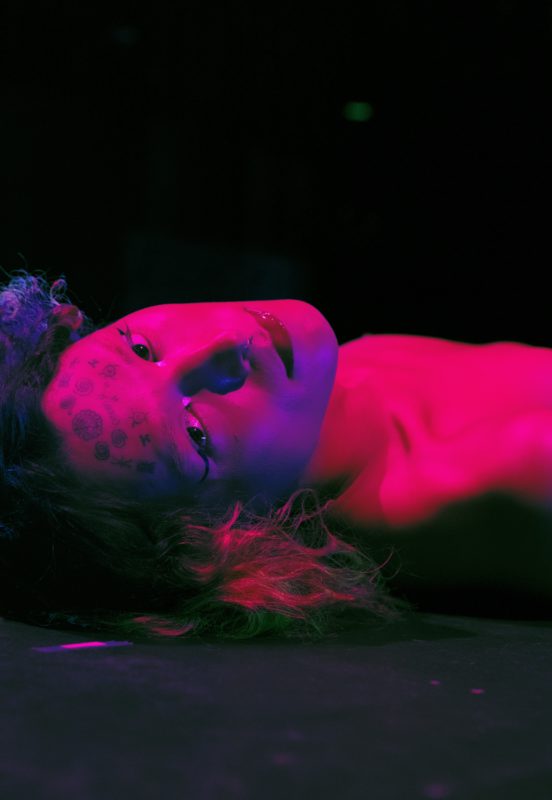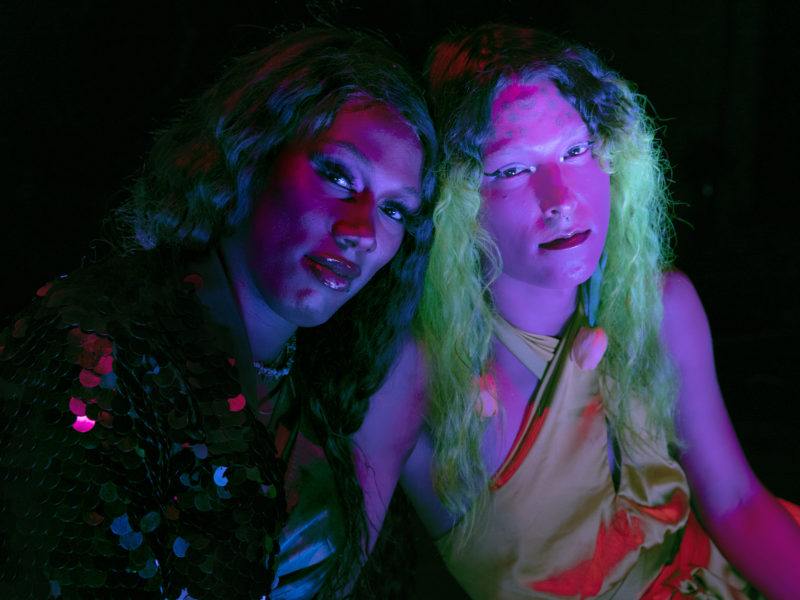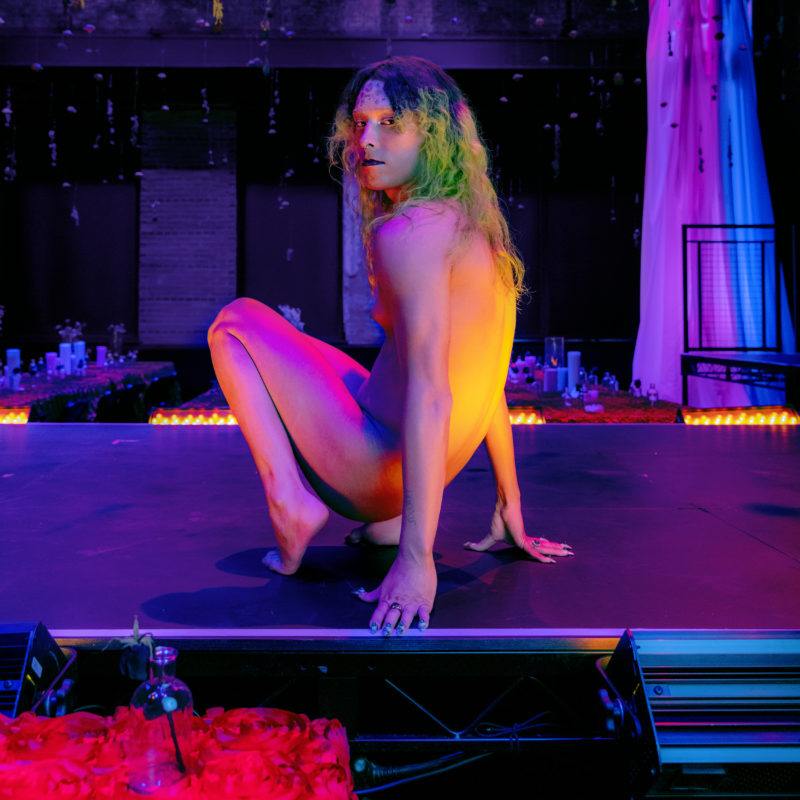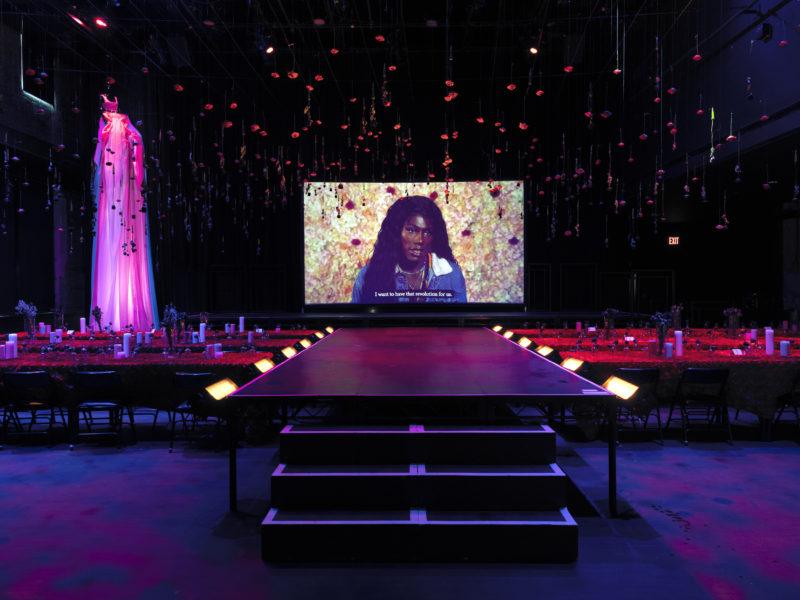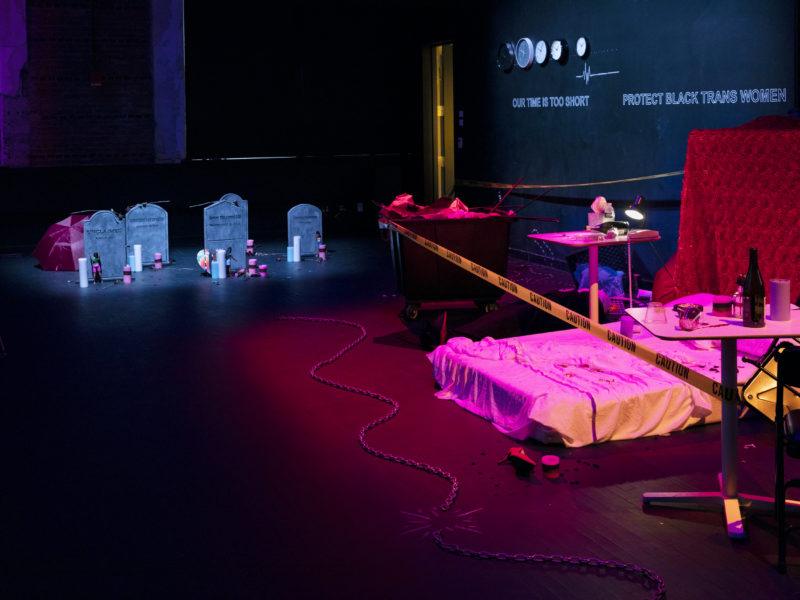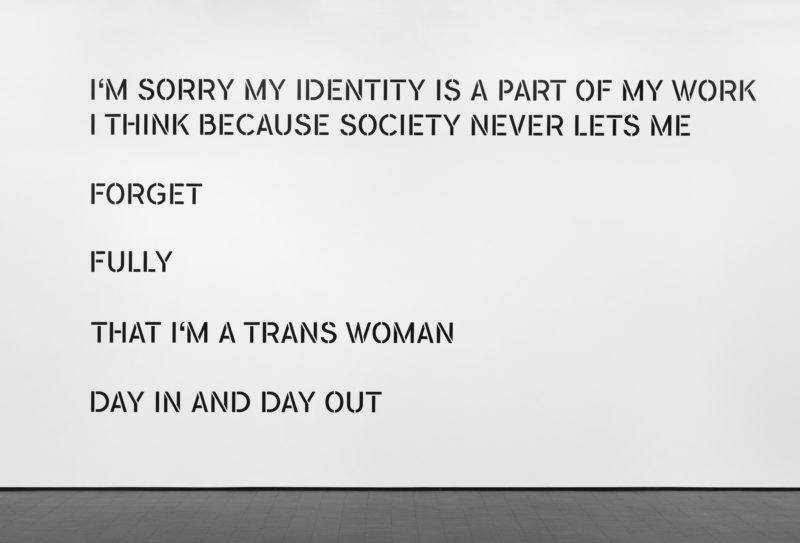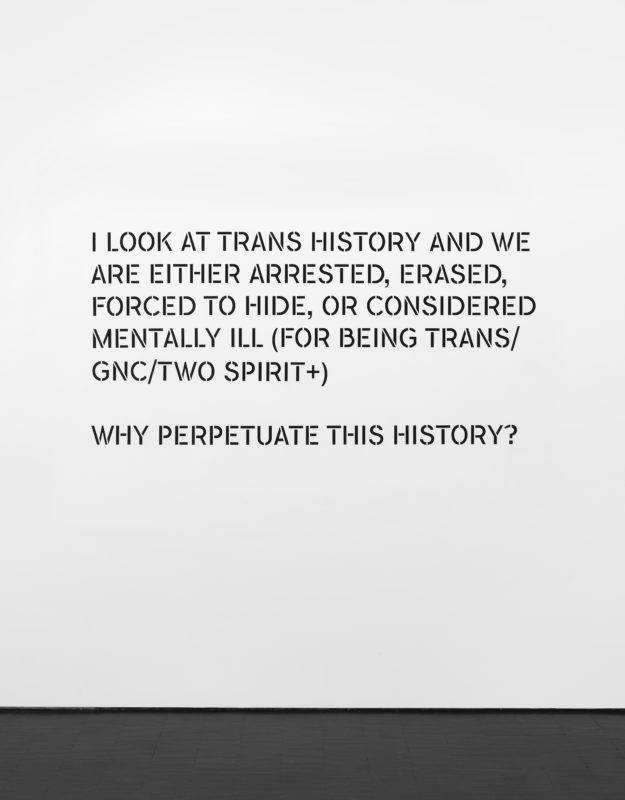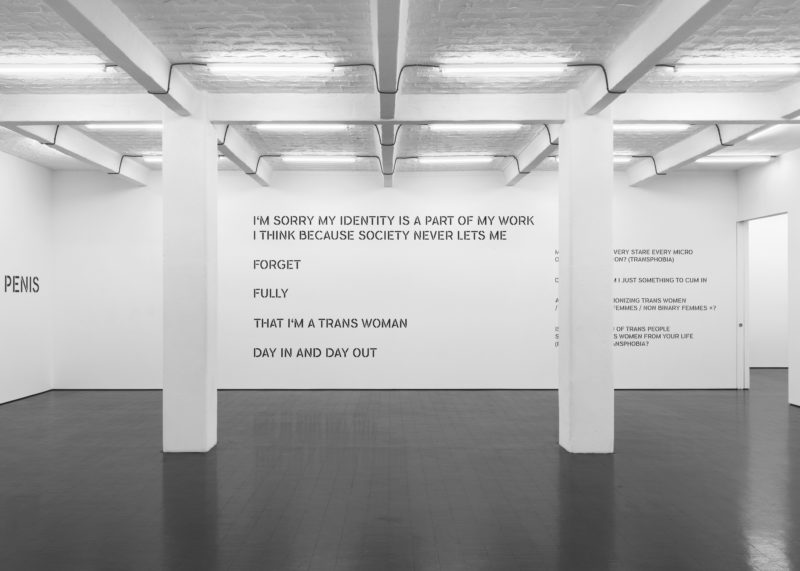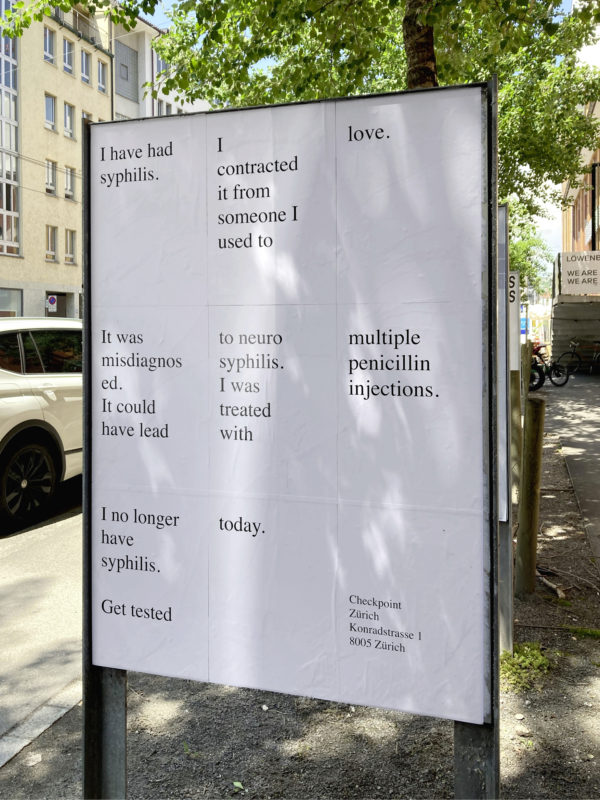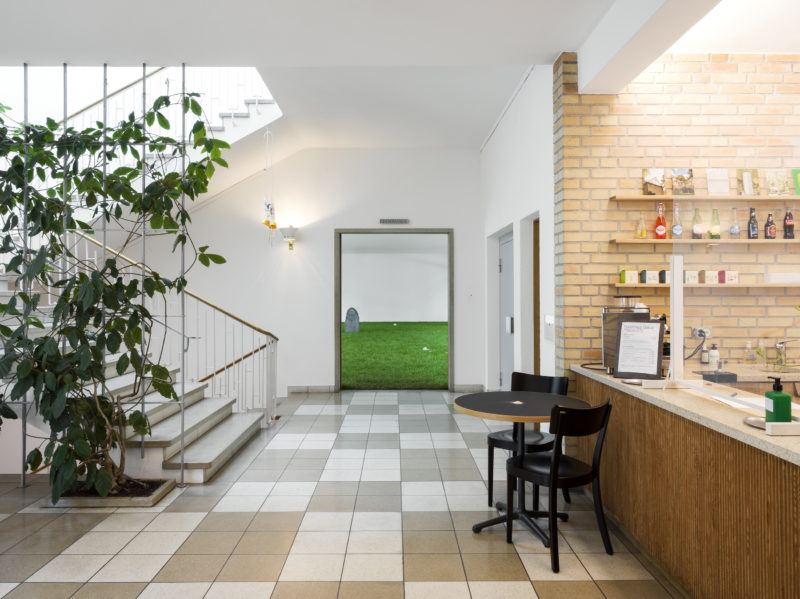Big Question
How Can An Artist Be A Catalyst For Change?
Jade Guanaro Kuriki-Olivo (Puppies Puppies) models ways to create equity through art.
The Trans and Gender Non-Conforming Resilience Gala and Awards and accompanying exhibition at Performance Space was a way to raise money, it was a way to have performances, it was a way to glorify our leaders and give awards out, and to have an environment that felt truly safe. I heard from a lot of people in the community, the gala was truly a place where they could feel beautiful and they could feel safe and they could feel heard.
If the gala is a way to raise money for the institution, let’s mimic that model as a way to raise money for our people. The architecture or the structure of institutions is something that I’m always looking at. I’m trying to reimagine these forms that exist in the world and what the possibilities are, or what they’re capable of.
Art is this one arena of life where anything goes, where there’s no set rules. Growing up I didn’t know how I fit into the world or where I was going or what I could possibly be. I didn’t know what I had to offer. And I came across art because it was where I could go to figure out what I wanted to do in the world, and not have it be set. Maybe there’s a way that I can find the care and love that I want to put out into the world through art. I want to figure out ways in which art could expand outside of how it’s been structured in the past. There’s obviously limitations, but theoretically, the possibility of art is endless.
It allows for this open realm where anything is possible, which is so exciting to me. I can wander and find ways in which to reimagine or restructure the ways in which things work, even if I feel so small. I’m noticing the ways in which the world is messed up and finding how I can be a catalyst for change.
I feel privileged that I’m finally starting to get invitations to show my work. I need to really think about these opportunities and to understand what I can do to make the thing that I want to make, which is change, even by simply giving exhibitions to other artists. Lexii Foxx is a good example, I wondered if there was a way that I could bring more awareness to her campaign Stop Killing Us, but also showcase her work because she’s a brilliant artist. I realized this opportunity with Performance Space was the perfect place where I could do all of this and more.
Lexii Foxx is organizing events that are happening at Performance Space, like an empowerment runway, an open mic night with a healing session, teaching people how to use Narcan, or Fentanyl testing. All these different events that talk about substance abuse, bringing in these opportunities that don’t usually exist in an art realm that are helping people, empowering people, and teaching people real life skills. She’s reaching out to her whole community to be a part of these events, thinking of all different ways to prep the girls or siblings or brothers into understanding, into having a way to save each other’s lives, or protect each other.
We all don’t have the same life expectancy. We all don’t have the reassurance that we’ll live to see a certain age when you often see artists getting their dues. Let’s make it so that artists that don’t have the assurance of living to be a certain age start being acknowledged earlier on in life, because we can’t pretend that we all can rest assured that we can go out the door and come back.
We need to realize the difference in what people are experiencing and what people’s life privileges are, what they’ve been given in life and what they’ve gone through in life, and what they have access to. Then it’s about making changes so that it’s possible for people who don’t have the same access. I certainly know from seeing my sisters, they could thrive if just given the right opportunities. If I can make change even within my small community and that community starts to grow, then this model of creating equity within the art world could possibly start to be seen as a way of working.
Original interview conducted by Jurrell Lewis, March 2022. All original photographs by Elliott Jerome Brown Jr., other photography courtesy of the artist; Galerie Barbara Weiss, Berlin.

